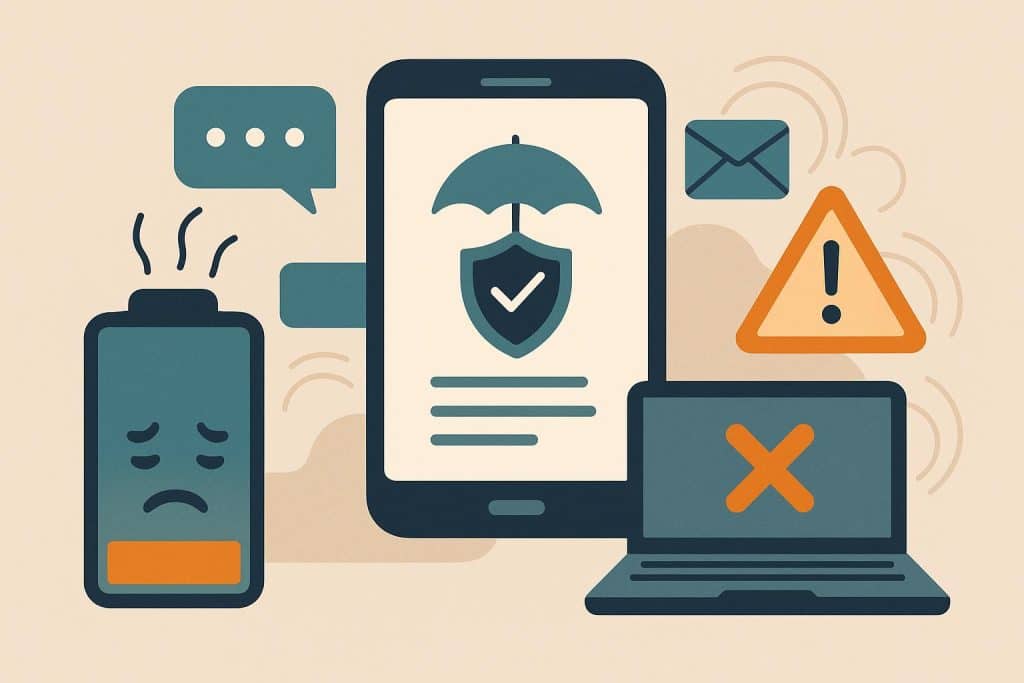There’s no question that technology has transformed the insurance industry—for the better, in many ways. From streamlined claims processing to real-time quoting, digital tools have brought speed and accessibility to a sector once known for paperwork and phone calls. But there’s a tipping point. As more touchpoints become digital and more processes become automated, clients are increasingly reporting a sense of fatigue.
So, how do agencies maintain the convenience of digital engagement without exhausting the people they’re trying to serve? It starts with understanding what digital fatigue really looks like—and knowing when to hit pause.
What Is Digital Fatigue, Really?
It’s not just about too many emails. Digital fatigue can take many forms: constantly pinging reminders, clunky portals, cold auto-responses, or too many follow-up texts. It’s the feeling clients get when digital interactions start to feel like noise instead of support. And when they feel overwhelmed or disconnected, engagement drops. Worse, trust erodes.
In the context of insurance—where decisions are deeply personal and often made during stressful times—maintaining a sense of empathy and real human connection becomes essential.
Signs Your Clients Might Be Digitally Fatigued
Most customers won’t tell you outright that they’re exhausted by your digital systems. But there are signs:
- Lower open and response rates to emails or texts
- Increased opt-outs from marketing communications
- Frustration with self-service tools or portals
- More calls to speak with a human, despite the availability of online options
- Declining survey participation or feedback loops
Paying attention to these subtle cues is a good starting point. They signal a disconnect that no CRM or automation workflow can fix on its own.
Less Is More: Rethinking Communication Frequency
A common misstep is assuming that more communication equals more engagement. Weekly emails, reminder texts, policy renewal notices—when it all starts piling up, clients tune out. Instead of increasing volume, think about increasing relevance.
Segment your audience more thoughtfully. A new homeowner might appreciate coverage checklists or seasonal tips, while a long-time client with multiple policies may only need occasional touchpoints. The goal isn’t to go quiet—it’s to go smart.
Make Digital Feel Human
Just because a message is automated doesn’t mean it has to feel robotic. Personalization goes beyond inserting a client’s name into an email. It’s about context, tone, and timing.
For example, instead of a generic “Your policy is up for renewal” email, consider a message that references the specific policy type, explains any changes in plain language, and offers a direct link to connect with an agent if they have questions.
Even small shifts in language—from transactional to conversational—can make digital interactions feel more human. And that connection matters.
The Role of Choice in Engagement
Clients shouldn’t feel like they’re being dragged through a digital process. Give them options. Not everyone wants to self-serve online, and not every situation calls for a chatbot. Offer channels, not just systems. That could mean letting a client opt into a quick call instead of a portal submission, or allowing text communication for certain updates but email for more formal notifications.
Using Technology Thoughtfully
This is where modern insurance management systems can quietly shine. The right platform allows agencies to orchestrate thoughtful, flexible communication strategies that align with client preferences. Smart automation doesn’t just send messages—it triggers the right messages at the right time, with the right tone. But tech alone isn’t the answer. It’s how you use it that matters.
Investing in tools that support omni-channel communication, customizable workflows, and built-in personalization features can help agencies maintain efficiency without sacrificing empathy.
Let Feedback Lead the Way
One of the best ways to combat digital fatigue? Listen more. Create space for clients to share their preferences, frustrations, and ideas. A quick post-interaction survey or an annual check-in email that invites honest feedback can go a long way.
Make it easy for clients to adjust how they hear from you. Preference centers, unsubscribe options, or even just a simple “let us know how often you’d like to hear from us” message shows respect for their time—and their attention span.
Balance Is the New Digital Strategy
The future of insurance isn’t about going fully digital or fully human. It’s about balance. Agencies that learn how to blend tech with empathy will stand out, not because they’re the flashiest or most automated, but because they know when to show up—and when to step back.
The tools are already here. But how they’re used will determine whether they build connection or create fatigue.
In the end, keeping clients engaged isn’t about being louder or faster. It’s about being more thoughtful. And that’s something no algorithm can replace.

